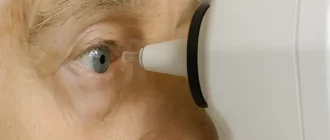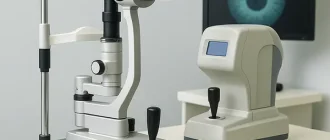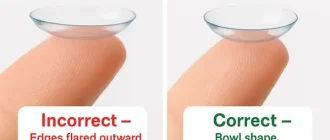Astigmatism is a refractive error that occurs when the cornea (the clear outer layer of the eye) is not perfectly round, causing blurring or distortion of images. Nystagmus, on the other hand, refers to an involuntary spasm or twitching of the eye muscles, which can cause rapid and uncontrollable movements of the eyes.
Astigmatism can result in difficulties with depth perception, headaches, and eye strain. It can be corrected with glasses, contact lenses, or refractive surgery. Nystagmus, on the other hand, may be caused by neurological or genetic conditions and may result in vision problems.
Treatment depends on the underlying cause and may include medication, corrective lenses, or surgery. Both astigmatism and nystagmus can affect a person’s vision and quality of life, but with proper diagnosis and treatment, significant improvements can often be made.
Although there is no clear connection between nystagmus and astigmatism, there are some instances where the two may be related. One such instance is when astigmatism is brought on by an underlying ailment such as keratoconus, a deteriorating eye disorder, which could also cause nystagmus.
| Feature | Astigmatism | Nystagmus |
|---|---|---|
| Definition | Blurred vision due to the irregular shape of the cornea | Eye movement disorder resulting in involuntary eye movements |
| Cause | Irregular shape of the cornea or lens | Neurological or genetic condition |
| Symptoms | Blurred or distorted images, eye strain, headaches | Involuntary eye movements, reduced vision, balance and coordination issues |
| Diagnosis | Eye exam with refraction test and corneal topography | Eye exam with pupil testing and eye movement recordings |
| Treatment | Corrective lenses, surgery, or LASIK | Medications, vestibular therapy, or surgery depending on the cause |
| Prognosis | Good with proper treatment | Varied depending on the underlying condition |





